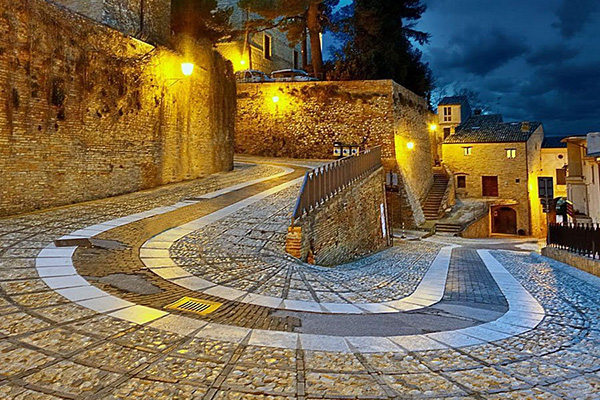
Loreto Aprutino
The site was inhabited from remote times as evidenced by the Italic necropolis of Colle Fiorano and Farina-Cardito. Important center of the province, perched on a hill, has interesting urban planning details. Part of the mighty stone constructions dating from between the 15th and 16th centuries belong to the oldest nucleus. The houses extend in overlapping rows. The historic center has a characteristic medieval aspect between access doors, alleys, picturesque streets, houses and stately palaces. There are many houses and ancient buildings with interesting medieval, Renaissance and Baroque details. Around it develops a luxuriant vegetation characterized by immense olive groves. Awarded with the title of city of oil, the town has a very ancient history, attributable to the Vestini people. On Whit Monday, celebrations in honor of S. Zopito with the traditional "miracle of the ox". Various cultural events. Production of artistic ceramics and excellent olive oil.
photo taken from: paoladtl (tripadvisor) --- testo da: abruzzoturismo.it
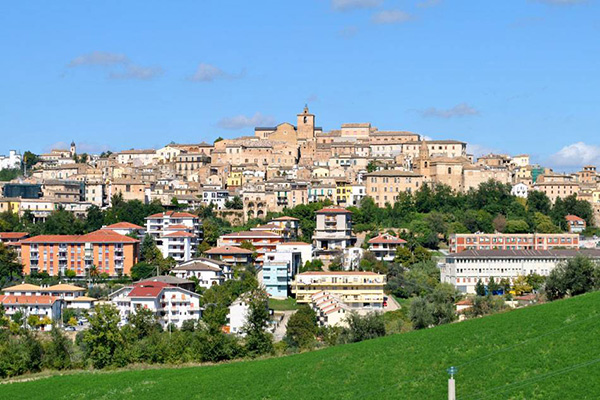
Penne
Penne is a town in the Abruzzo region, in the province of Pescara. It is located in a hilly position, equally distant from the Adriatic Sea and the Gran Sasso massif. A pre-Roman city, Penne rises in an area whose frequentation by man dates back at least to the Middle Neolithic. Ancient capital of the Italic population of the Vestini, it owes its toponym to the term "pinna" known to the Romans as Pinna Vestinorum. Former bishopric since the 9th century. The use of brick, present in all the buildings and in the remains of some pavements, has given Penne the title of "City of bricks". Capital of the Farnese states of Abruzzo. Its historic center is divided into two hills, Colle Sacro and Colle Castello. Near the city there is the “Lago di Penne” Nature Reserve, the natural gateway to the Gran Sasso and Monti della Laga National Park. Since 2012 the city of Penne is part of the club of the most beautiful villages in Italy.
text taken from: visitpenne.it
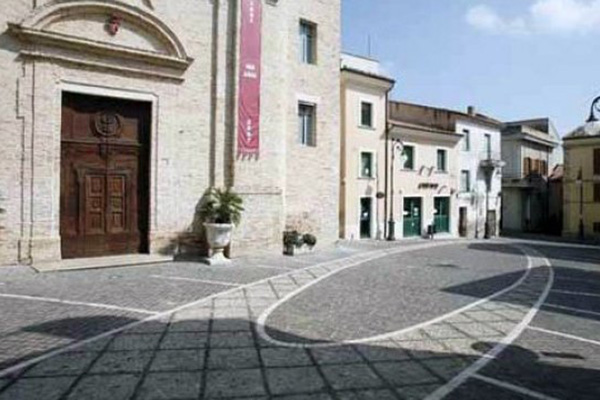
Moscufo
The presence of numerous olive groves places Moscufo in an area full of oil mills called the "golden triangle of oil", shared with the municipalities of Pianella and Loreto Aprutino. The origin of the name of the village is uncertain, it could derive from the term "Moskoulf", Lombard chief Lord of the castle erected on Colle di Luca, or from "Boscosus", later transformed into "Moscusus", to indicate a hill completely covered with woods . The heart of the village is the parish church dedicated to San Cristoforo, built right in front of the town hall. The current building dates back to the seventeenth century but the monumental facade, all in brick, clearly reveals the baroque character of the building, originally built in 1607. Inside, on the sides of the main altar, there are two large canvases, one of "San Vincenzo De Paoli" and the "Madonna Addolorata". The barrel vault houses other paintings in characteristic panels, representing scenes inspired by the book of Esther.
text and photos taken from: borghiautenticiditalia.it
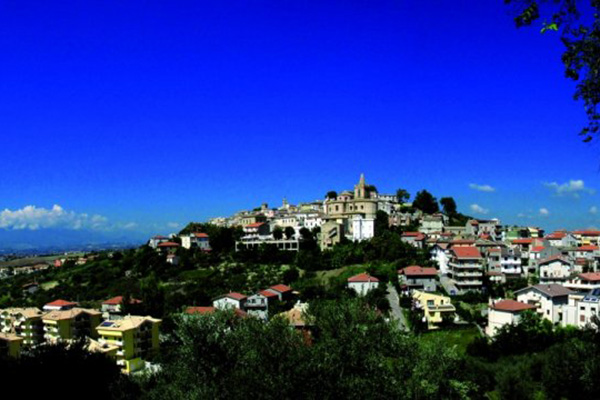
Spoltore
A hospitable environment due to its climate, soil fertility and abundance of spring waters that still feed the numerous rural sources of the territory, during the French domination Spoltore became the Land of the Five Villages, thus defined with the redesign of the map of the administrative districts of the Kingdom by the King of Naples Giuseppe Napoleone, in December 1806. In addition to the capital, its territorial scope includes the inhabited centers of Caprara d'Abruzzo, Villa S. Maria, Villa Raspa, Santa Teresa. Spoltore is the most ancient and characteristic capital, Villa Raspa is very close to Pescara and is a populous production and commercial center. The hamlet of Santa Teresa historically suited to agriculture, at the end of the twentieth century saw its economy change from a predominantly agricultural activity to a mixed service sector with artisan and commercial businesses, confectionery and canning industries. Horticulture and nurseries remain.
text taken from: borghiautenticiditalia.it
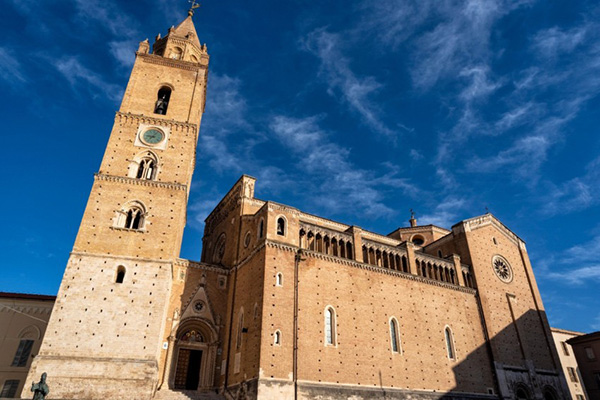
Chieti
Considered one of the oldest towns in Italy, Chieti is a city that boasts one of the most beautiful artistic and archaeological heritages of our peninsula. Located on a hill 330 meters above sea level, the city grants wonderful views of both the sea and the surrounding mountains, so much so that it is nicknamed "the Terrace of Abruzzo". According to an ancient legend, this Abruzzo town was founded by the famous warrior Achilles who named it Teate in honor of his mother Teti who was a nymph. The city proud of these noble and legendary origins still shows in the city coat of arms the figure of Achilles armed with a spear and shield.
text and photos taken from: turismo.abruzzo.it
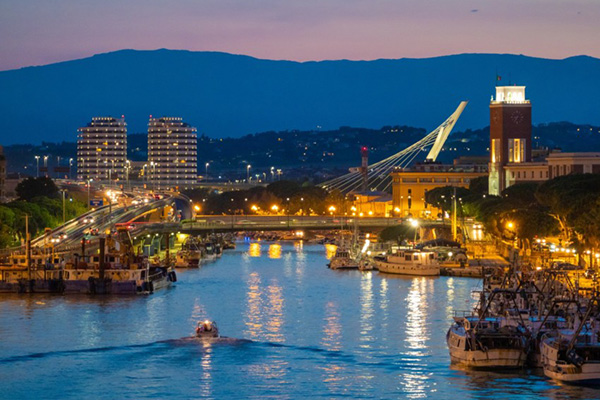
Pescara
Known as the city that gave birth to Gabriele D'Annunzio, Pescara is a lively and dynamic town that is absolutely worth discovering. Despite being located along the Adriatic coast, Pescara is a city that can be visited in any season of the year thanks to its excellent climate and its numerous points of interest that make the city the ideal destination for all those who want to spend a holiday in 'sign of history, nature and relaxation. Bathed by the Adriatic Sea on one side and surrounded by the Abruzzo mountains on the other, Pescara looks like a city with a thousand-year history that is able to conquer every visitor thanks to its particular environment that over the years has managed to combine and make the old coexist and the new, the past and the present of the city.
text and photos taken from: turismo.abruzzo.it
